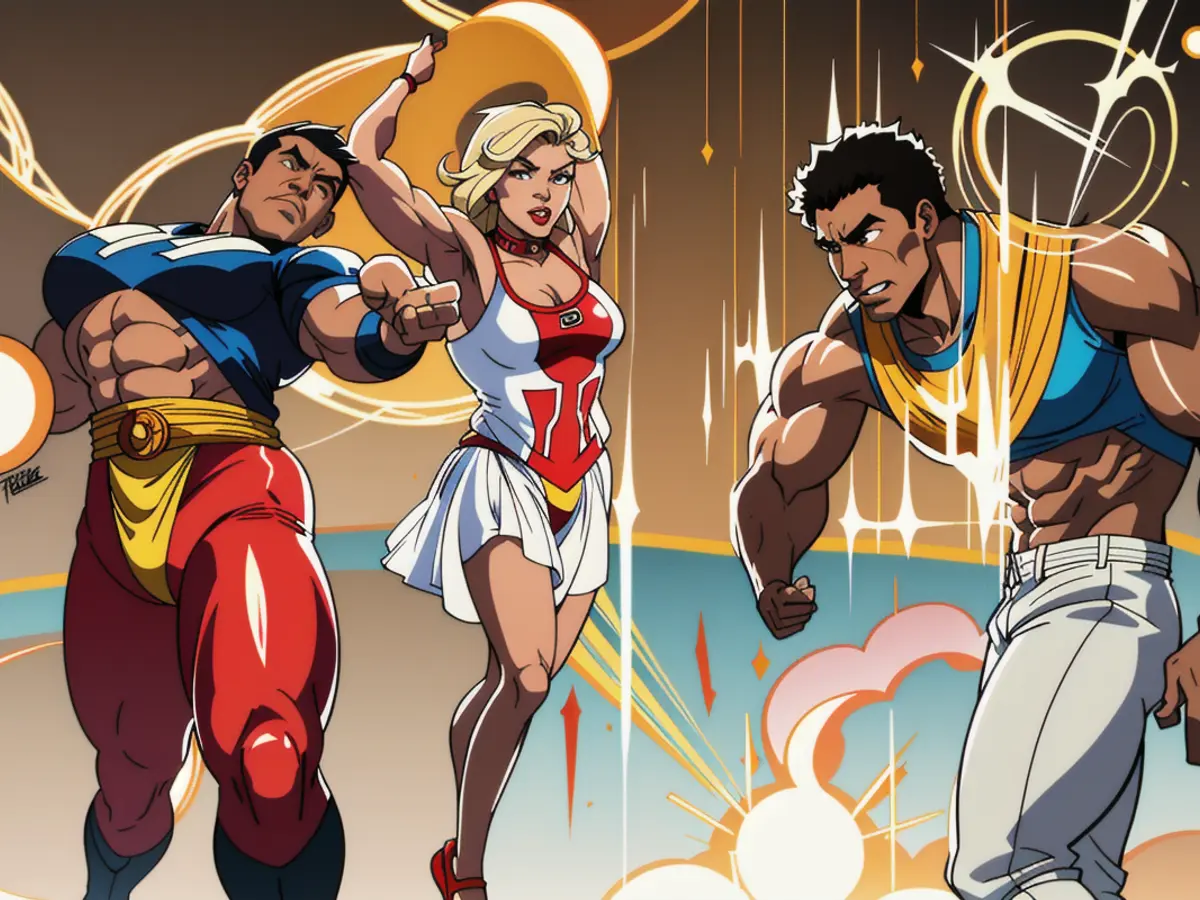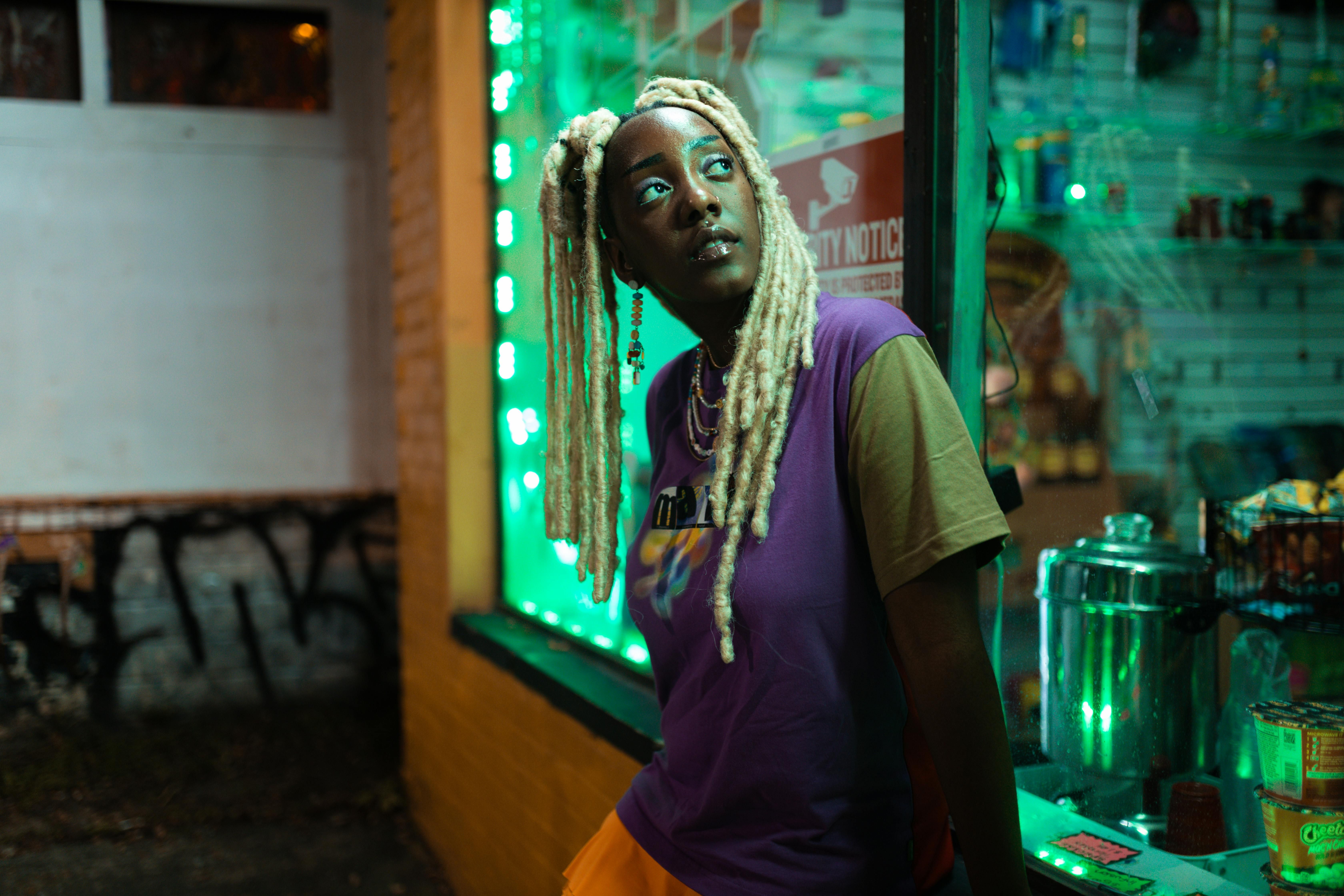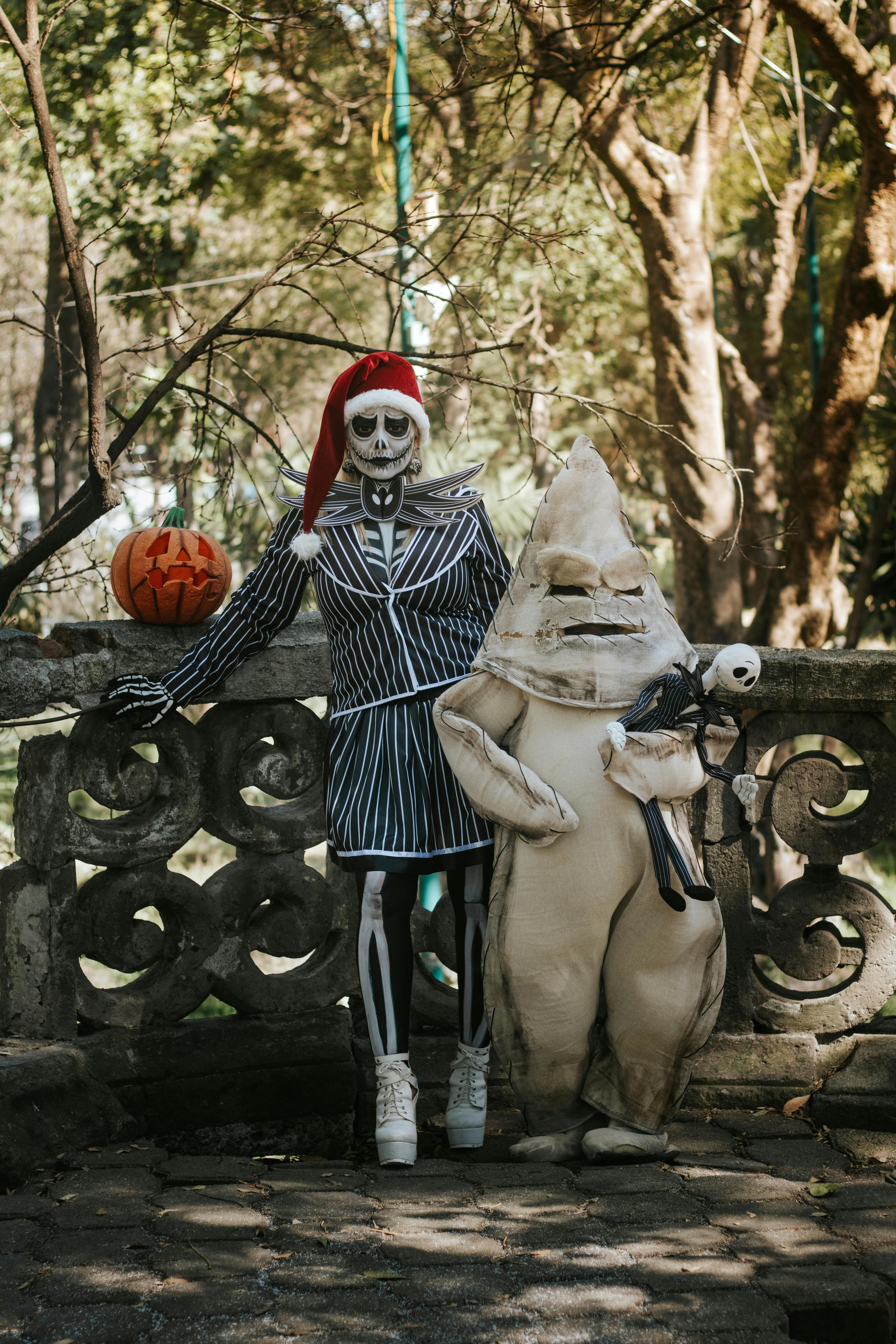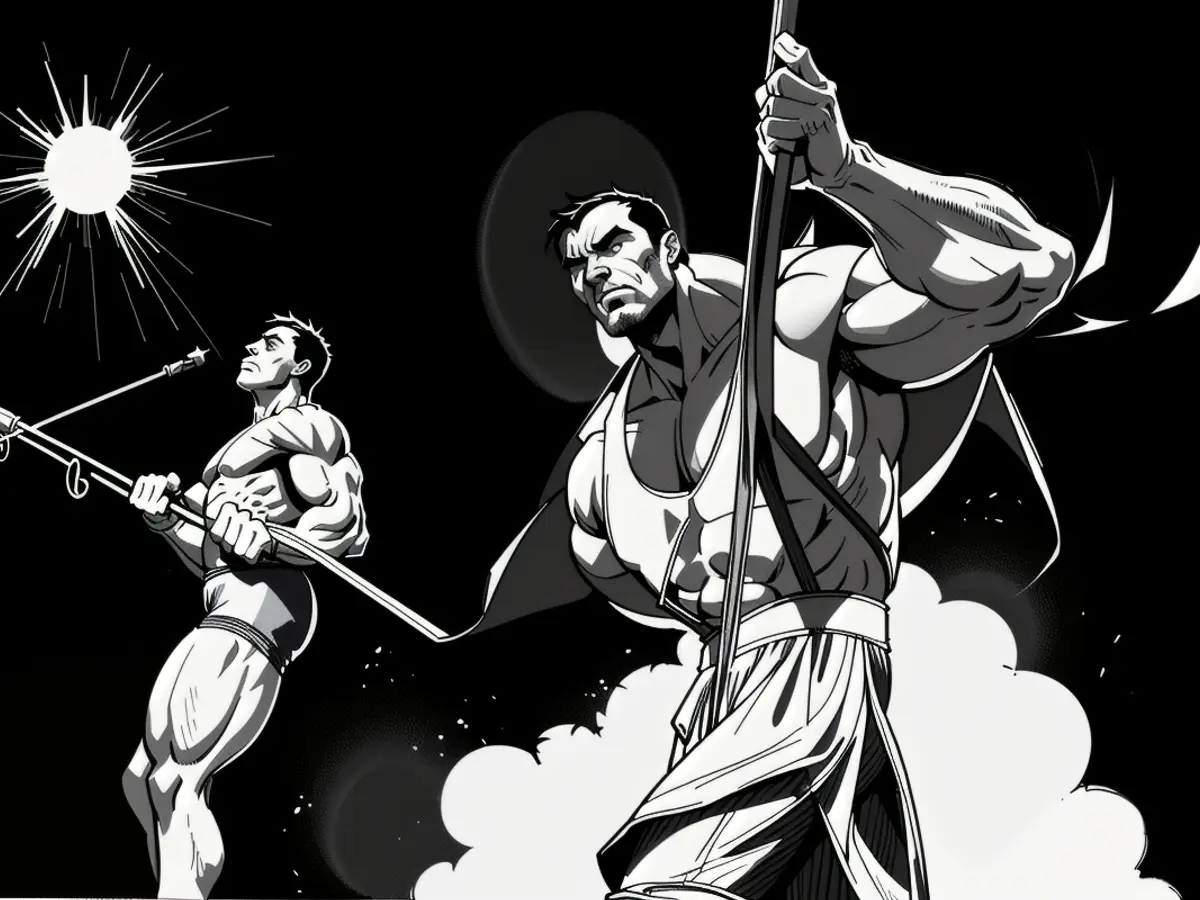Funk's Status Unveiled: Unraveling Its Current Condition
Funk music, the soulful, infectious genre that captured our hearts during the 70s, seems to have slipped from mainstream consciousness. But why did it vanish, leaving behind only fond memories of its groovy heyday?
Marcus Miller, the Bass King, would certainly have a place of honor at Mount Funkmore, with his Grammy-winning basslines and funk-infused collaborations with stars like Michael Jackson, Chaka Khan, and Luther Vandross. Yet, in 2025, the conversation revolves more around the plunging stock market, rising egg prices, job layoffs, and political polarization than the funky beats that had once pulsated through dorms, high school dances, and basement parties. So, the burning question remains: What happened to the funk?

My own memories are entwined with that vibrant era. I recall the electrifying live performances of Earth Wind & Fire, the ageless grace of Soul Train, and the defiant attitude of funk performers embodied in my clenched-fist Afro pick. The music wasn't just a genre for us—it was a lifestyle and an attitude, a testament to "sweat and sociability." But then, like a cruel tap on the breaks, the music lost its rhythm, giving way to hip hop, grunge, rap, and alternative rock. Today's charts are dominated by anaitronic dance pop that feels more like an AI bot's assembly than the sweat-soaked freestyling of funk performers.

The documentary "We Want the Funk!" offers a journey through the birth and evolution of funk, tracing it back to one man: James Brown, the Godfather of Soul. Brown's pioneering funk tunes, such as "I Got You (I Feel Good)" and "Papa's Got a Brand New Bag," set the stage for the genre with their syncopated drums, propulsive bass lines, and powerful horn sections that seemed to breathe fire. This individual performer kickstarted a sound that was all about community—Funk's power resided in ensembles, each member craving to sound "tight," to form a symphony of harmony that would ensure their groove echoed in the ears of their audience.

Funk, in its essence, was never about solo artists—it was about finding your place within a larger group, working together towards a shared goal, and creating something magical when all elements meshed seamlessly. The camaraderie onstage was palpable, audible, and contagious, spreading from the performers to the crowd. That communal bliss was what made funk music transcendent and all-consuming, a religious experience that needed to be shared with others.

But it was more than just the music that brought Black and White America together during those heady days of funk. It was an air of racial optimism that shimmered through the beats, reflected most vividly in interracial ensembles like Sly & the Family Stone. These groups filled stages with musicians from diverse backgrounds, moving together in perfect harmony. Funk music wasn't just about the dance moves or the infectious beats—it was a symbol of unity, a beacon of hope that shone through the darkness of a segregated world.

Yet, by the 1980s, the funk music died down, like a flickering flame snuffed out by a gust of wind. Was it the Reagan administration pulling funding from musical education programs that caused a generation of children to abandon their instruments in favor of rap and hip-hop? Or was it the simple economics of record labels finding it more profitable to invest in solo artists rather than bands? Technology, too, may have played its part, with the rise of DIY music production making it easier for musicians to record tracks at home and share them on platforms like TikTok.

Marcus Miller, the undisputed maestro of funk, has faced the reality and branched out into composing music for films and TV, collaborating with jazz and pop artists. He remains ambivalent about funk bands ever regaining their former glory, acknowledging the allure of modern technology that allows musicians to create music in isolation, without the required hours of daily practice needed to achieve the seamless blend of a funk ensemble.
So, what killed the funk? It's a question we may never have a definitive answer to, but it's one that resonates, a poignant reminder of a time when music brought people together, when "we" mattered more than "I." We may have lost the funk, but its spirit remains, persisting in hip-hop, contemporary jazz, and the soulful beats of marching bands. Perhaps it's not too late to gather around the campfire once more, to resurrect the music that captivated our hearts and reminded us that we are one nation under a groove.
- Marcus Miller, the undisputed maestro of funk, laments the declining interest in funk ensembles and often questions if it was the shift towards favoring solo artists and the rise of modern technology that caused the funk music we once knew to vanish.
- Despite the layoffs and economic turmoil that dominated headlines in 2025, one could only imagine that a character like Miller might still be creating funk-infused melodies if the textbook of musical education hadn't been overlooking the importance of ensemble play during the 1980s.
- The absence of funk music from the mainstream today feels odd, especially considering its potential, as evident in the disco-influenced grooves of Daft Punk or the brass-heavy instrumentals of Gorillaz, to bridge the gap that now exists between the musical generations, reminding us that, in a funk band, the whole is truly greater than the sum of its parts.








